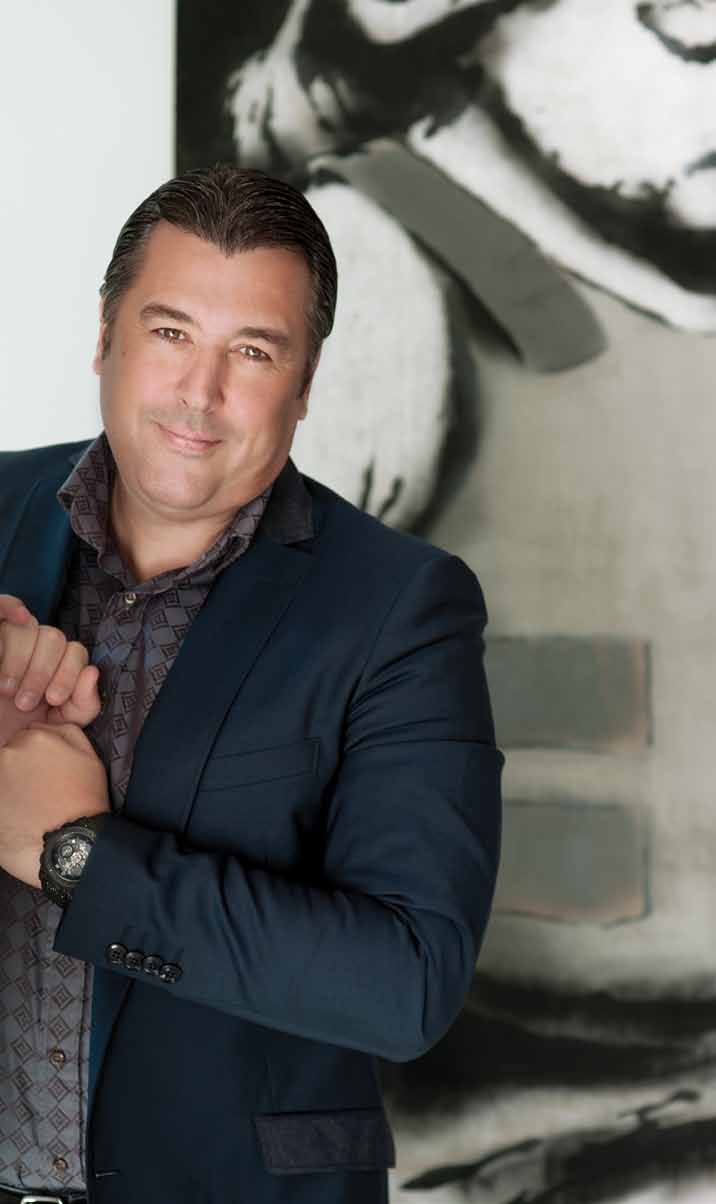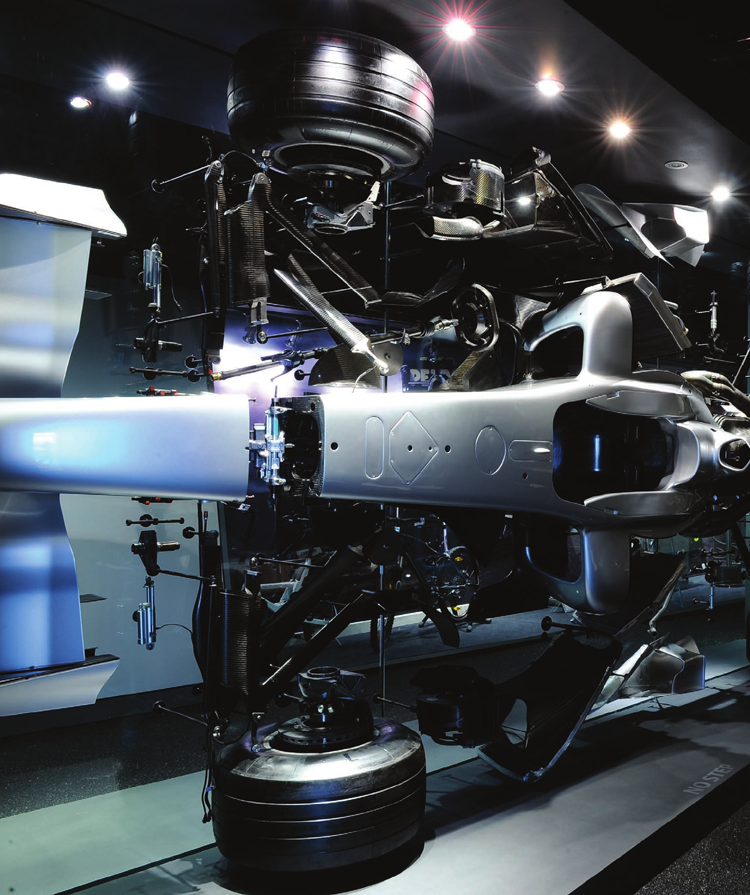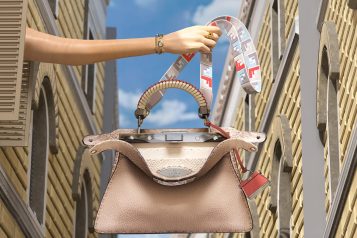“As a man that’s really it. The accessories I can use are cars and watches. There’s nothing else out there.”
It’s not easy to launch a luxury brand where there was none before, but Rick de la Croix, Hublot Americas’ Exclusive Partner, has done just that. Two short years after the opening of the Hublot boutique in Bal Harbour, the exciting new watch brand that is taking the market by storm. It has emerged as the best-selling watch boutique in the upscale mall and become the official watch of choice for the Miami Heat with “King Power 305,” the LeBron-sized limited-edition watch sold only in Miami.
These kinds of deals are key for Hublot and a very important strategy for de la Croix. “You have to look at what makes a brand successful,” he says. “These days, the biggest challenge is how to target a clientele that is no longer reading newspapers, fewer magazines and watching less and less TV. We’ve all had this huge slap in the face over the last three years. Consumers are influenced by brands in a totally different way than they were five years ago. Promotion, I would say, is now the biggest part.”
But it hasn’t always been smooth sailing; his first Hublot boutique at the swanky Setai Hotel on Miami Beach was a completely different story. “That was not a success,” he says. “We sold one watch in four months.” De la Croix was devastated, but quickly picked up the pieces and moved to Bal Harbour where he got a fresh start, with a completely different result. “Bal Harbour is really an international mall, it’s not really an American mall. We may sell two or three watches a month to Americans and the rest to Latin Americans and Russians. Those are the real buyers right now.”
For de la Croix, who had always been on the manufacturing and wholesale side of the business, the shop’s launch was a learning experience. “That was my entrance into retail.” Now the brand is expanding, Hublot has just opened up a boutique in Atlanta and is poised to open shops in Houston, Dallas and Orlando in the next five to six months in partnership with LVMH, the majority shareholders for whom de la Croix operates.
It’s not just business for de la Croix, for he is truly passionate about watches. “As a man that’s really it. The accessories I can use are cars and watches. There’s nothing else out there.” So he collects and wears watches the way a socialite might Birkin bags and admits he’s more into the design than the technology. “I’m not mechanically minded, I’m more design oriented. I’m inspired by watchmakers that push the edge on creating new designs.” While Hublot tops the list he admires many. “I like very much what Richard Mille does. And Greubel Forsey, They are trend-setting by doing something different on the aesthetic side. These are all watches that I would buy.” Ultimately, de la Croix feels that a watch needs to be a good conversation piece. “We have to talk and have conversation 24/7 don’t we?” He says with a laugh.
One of de la Croix’s best conversation starters is an all black watch, with black hands on a black face, which was one of Hublot’s early designs, a limited edition of only 250. “It’s true you, you couldn’t really read the time.” Which is precisely why a stranger in St. Barths offered to buy it off his wrist. “He said ‘It’s amazing, but why do you wear it?’ It didn’t make a lot of sense, but I thought it was cool and iconic. [Eventually] the whole industry copied the black on black.”
Timepieces aren’t the only valuables de la Croix collects. He is also an avid collector of contemporary and street art. His sprawling home in Miami’s Coco Plum is replete with major works including ‘Angel of Death’ by Banksy, which was featured in the documentary Exit Through the Gift Shop, as well as ‘Baader Meinhof’ by Invader, who was also featured in the flick and ‘Marilyn’ by the French street artist Dran.
De la Croix, who hails from England, got his start in the watch business working for Tag Heuer in Geneva right out of school and later, The Dixie Group, which owned Zenith at the time. Then, in 1992, De la Croix made the life-altering decision to take a sabbatical and head to the wilds of South America. “I wanted to try to seek my destiny in terms of being independent. At the time, South America was the jungle, it wasn’t even emerging at the time, it was just a continent where you knew there was potential.” And there was—the adventurous Englishman met his future wife Martha who was from Colombia, on the continent. He did return to Switzerland to work for Corum after his year on sabbatical, but he was eventually pulled by love and enterprise back to Colombia to set up his own distribution company in 1997. It was the beginning of the vast distribution network that made de la Croix the tremendous success he is today. His cache of brands includes Hublot, HYT, Romaine Jerome, Zenith and Graham, which de la Croix is partial to due to its English origin. “Some people say that is where watch-making really started,” he says with a wink.
Romaine Jerome is a particularly romantic brand that was launched six years ago using components welded from pieces of the Titanic. Customers could literally have a piece of history on their wrists, infused into the DNA of the movements and cases. The brand later used pieces of space shuttles Sputnik and Apollo. “It’s a very niche brand,” he says. But while Romaine Jerome focuses on history, HYT is looking to the future. “It’s like taking watchmaking to the next century and if it succeeds, it will go down in the books. These guys have an amazing concept, a vision of watchmaking. If we can get the product and the quality right and if we can get the delivery, that’s going to be a brand that we are talking about for a very long time.”






















